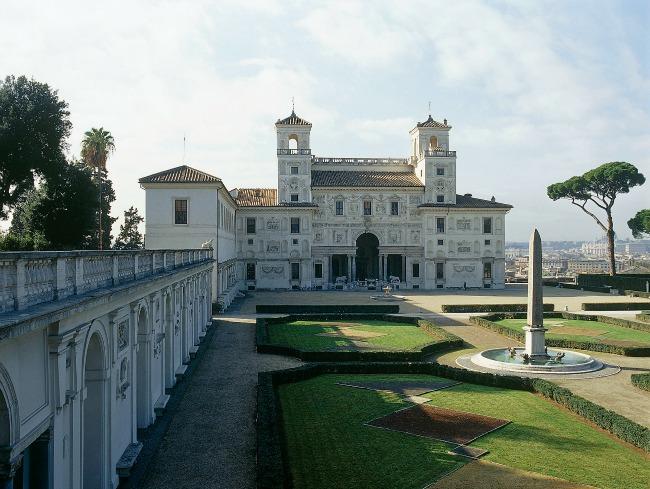Autumn is a wonderful time of the year to immerse yourself in nature. Italy boasts many parks so the choices are plenty, but if you need ideas, consider the following four parks, which have just been crowned the most beautiful by the 13th annual “Parco più bello d’Italia” contest.
The winners in the categories of private and public park respectively are both located in the region of Lazio: the Garden of Nymph (Giardino di Ninfa), in Cisterna di Latina (province of Latina), and the Park of Villa Medici (Parco di Villa Medici) in Rome.
The Garden of Nymph was created in the 16th century by Cardinal Nicolò III Caetani and enriched in the late 19th century with cypresses, oaks, beech trees and roses. In its present appearance, the eight-hectare garden is home to more than 1,300 different plants, including magnolias, prunus and climbing roses, blending harmoniously with the ruins of the abandoned city upon which the park was founded.
On the Pincio hill in Rome, next to the Spanish Steps, the garden of the Villa Medici extends for more than seven hectares and still retains much of its 16th-century look. It was begun by Cardinal Ricci da Montepulciano and later enlarged and transformed by the new owner, Cardinal Ferdinando de’ Medici, who added a north-south axis to connect the garden to Parnassus, a small artificial hill with the ruins of an ancient temple. The park, with oak trees and a thick acanthus grove, and the garden, dotted with statues and fountains, have been recently restored.
In addition to the two official winners, the jury awarded a special mention this year to the Giardino Botanico della Cultura (Botanical Garden of Culture) in Giuggianello (Lecce), located in an area where olive trees have been severely compromised by the Xylella bacterium. The garden here is part of an old country estate built in the classic rural style of the late 19th century, and now houses a rich collection of rare and tropical plants.
The popular vote went to Villa Serra in Sant'Olcese (Genova), an elegant English garden which extends for nine hectares on the flat valley floor of the Rio Comago.














